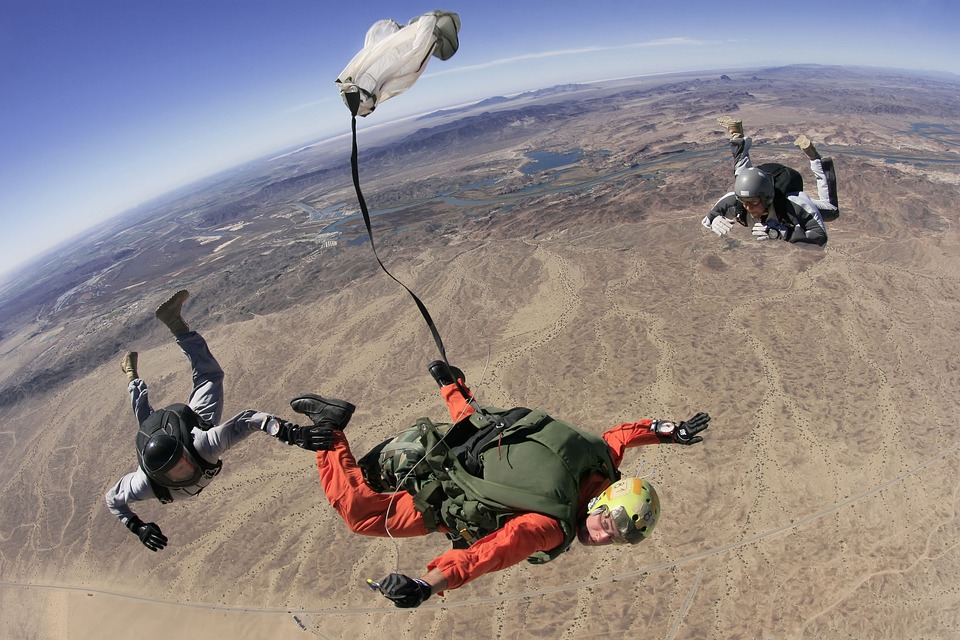Echolocation: The Sixth Sense That Makes Bats Top Hunters in the Night Sky
When it comes to hunting in the darkness of night, few creatures excel like bats. With their use of echolocation, they possess a unique ability to navigate and track prey even in the absence of light. Echolocation is a fascinating sixth sense that allows bats to emit sound waves, which are then reflected back as echoes, providing them with a "map" of their surroundings.
How Echolocation Works
The process of echolocation in bats is quite remarkable. They emit high-frequency sounds, often above the range of human hearing, through a small opening in their mouth or nostrils. These sounds are converted into sound waves that travel through the air and bounce off objects in the surrounding environment. The returning echoes are picked up by the bat’s large ears or other sensitive areas, allowing them to process the information and create a mental map of its surroundings.
The Importance of Echolocation
Echolocation is crucial for bats’ survival. It enables them to:
- Navigate: Echolocation helps bats to fly smoothly and avoid obstacles, even in total darkness.
- Locate prey: By emitting sound waves, bats can detect the presence and movement of insects and other small animals, making them expert predators.
- Detect predators: Bats can also use echolocation to detect potential threats, such as birds and other predators, and take evasive action to avoid them.
Amazing Capabilities of Echolocation
Echolocation is not only vital for bats’ survival but also offers some remarkable capabilities:
- Radar-like abilities: Some species of bats can create a mental map of their surroundings, which is similar to radar technology used by military planes.
- Speed: Echolocation allows bats to fly at incredible speeds, making them some of the fastest mammals in the world.
- Agility: Echolocation enables bats to perform impressive aerial stunts and dives, making them a joy to observe in the wild.
FAQs:
Q: Can humans also use echolocation?
A: While humans can’t naturally emit sound waves like bats do, researchers have developed devices that allow blind individuals to use echolocation principles to navigate their surroundings.
Q: How do bats produce such high-frequency sounds?
A: Bats produce these sounds using specialized vocal cords and unique skull structures that amplify and manipulate the sound waves.
Q: Can any animals use echolocation?
A: Yes, some other animals like dolphins, whales, and shrews also use echolocation, but none are as skilled or reliant on it as bats.
Q: Why don’t other animals develop echolocation like bats?
A: Researchers believe that echolocation may be an adaptation to the specialized environments that bats inhabit, and it’s not a trait that has been developed in other animals.
Image: A bat in mid-air, emitting sound waves to detect the echoes that help it navigate and find prey.



